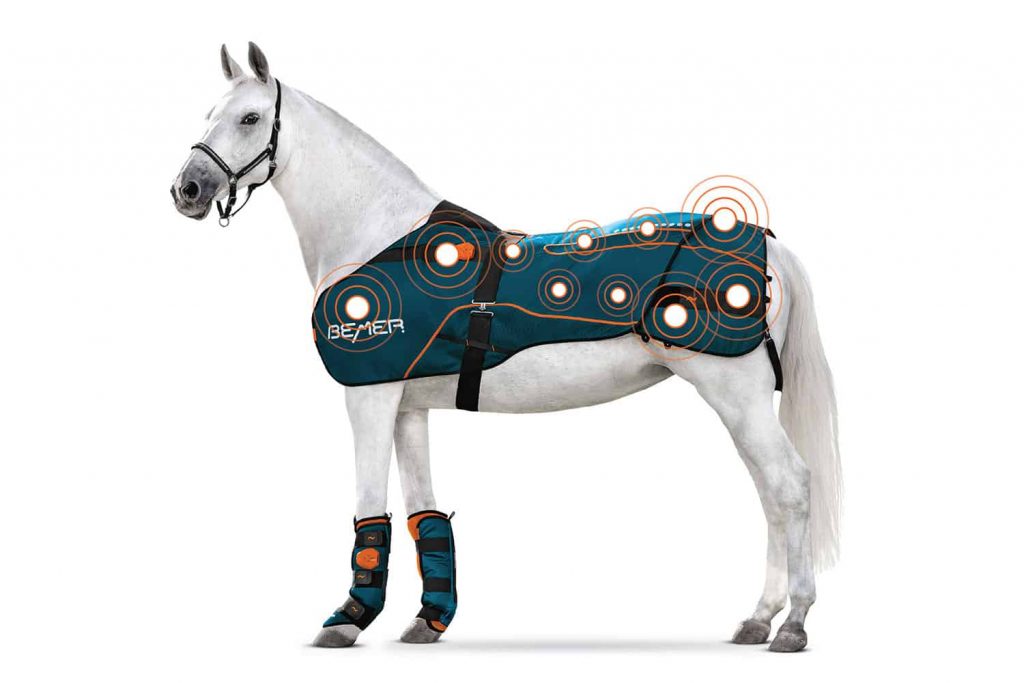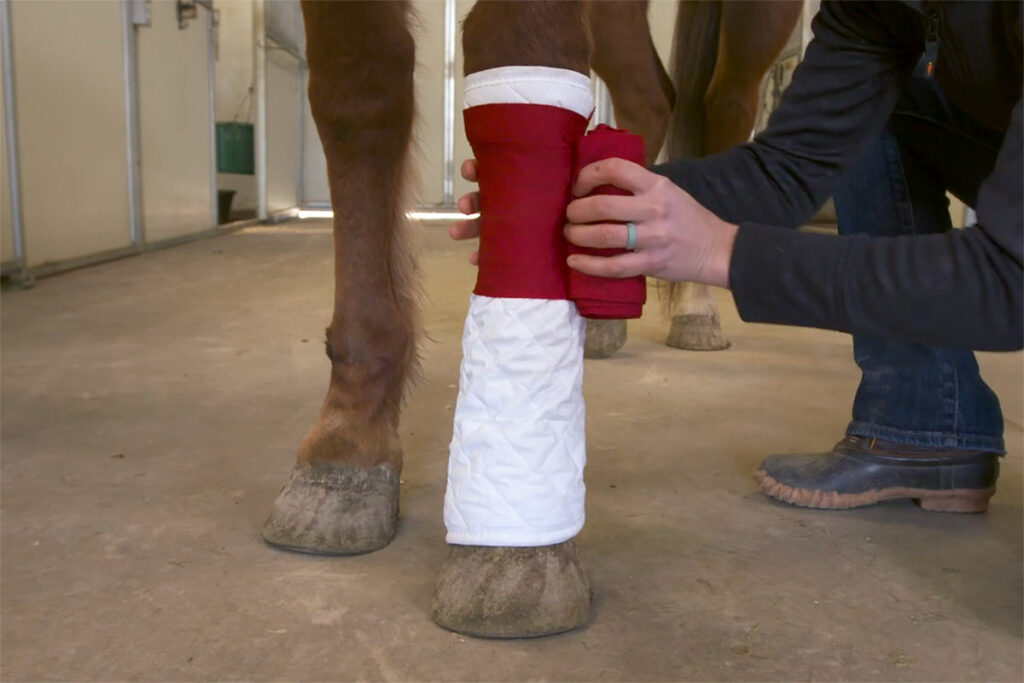
S. Aureus a Contributing Factor in Equine Pastern Dermatitis
Equine pastern dermatitis is a potentially painful condition that can spread between horses if not treated properly.

Equine pastern dermatitis is a potentially painful condition that can spread between horses if not treated properly.

My horse is turned out to pasture for at least part of each day. Every winter he gets scratches. Is there anything I can do nutritionally that might help prevent this?

Determining a horse’s cause of neck pain can help ensure he receives the correct treatment.

The best diagnostic imaging tool for the cervical spine is MRI, rather than widely used radiographs.

Veterinarians discuss how they radiograph, ultrasound, and treat neck problems.

Researcher: The BEMER blanket technology provides a medication-free solution for reducing pain in the croup and saddle area.

Veterinarians might consider addressing axial skeleton adaptations when rehabbing horses with limb injuries.

Often, a horse’s behavior problems are rooted in either pain or incomplete training. Here’s what to consider.

At the 2022 BEVA Congress, Dr. Hilary Clayton described how to create a rehabilitation plan for horses recovering from back pain.

MRI imaging of the stifle joint has shown evidence of injuries to a variety of soft and hard tissues.

A veterinarian describes three real-life examples of horses with physical abnormalities competing successfully.

Aging mules and donkeys need to be managed just as carefully as horses. Here’s what you need to know.

Horses with injured stifles have the best chance of returning to full work following a scientifically planned rehabilitation process.

A veterinarian demonstrates how to use a standing wrap to protect and prevent injury on your horse’s legs.

Find out how to get athletic horses with injuries to the large, complex stifle joint on the road to recovery.

Researchers discovered a connection between Chromosome 25 and the presence of kissing spines in horses.
Stay on top of the most recent Horse Health news with
"*" indicates required fields